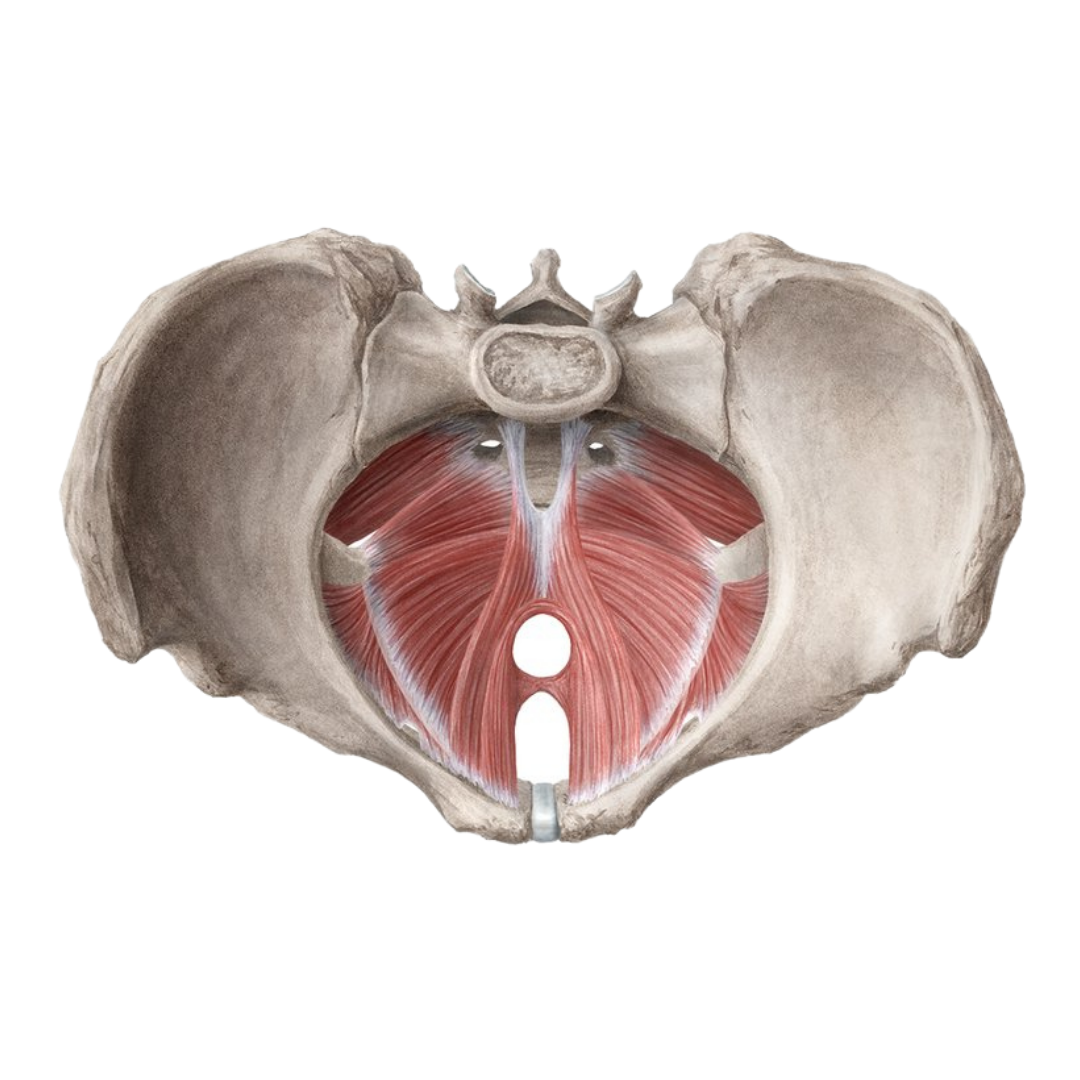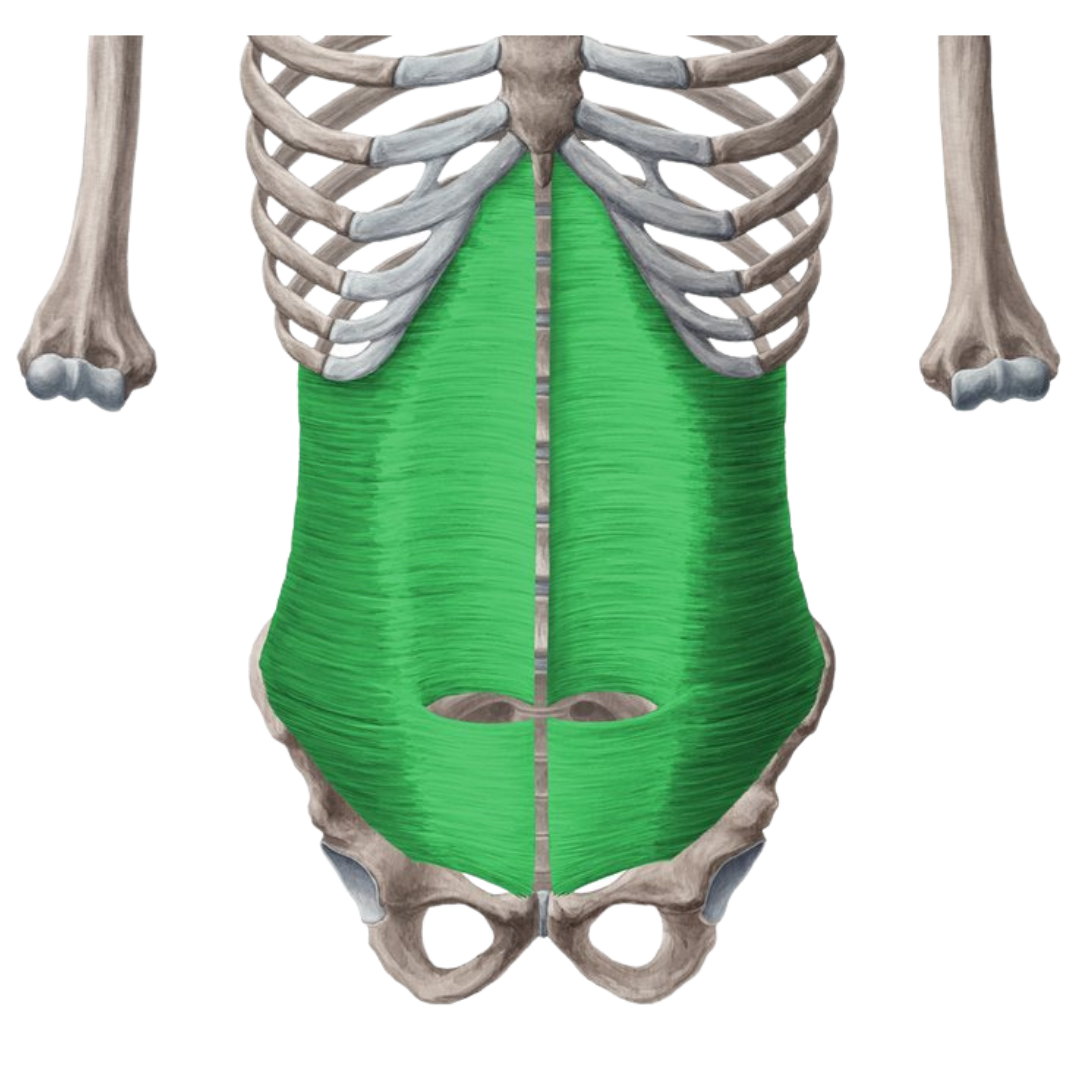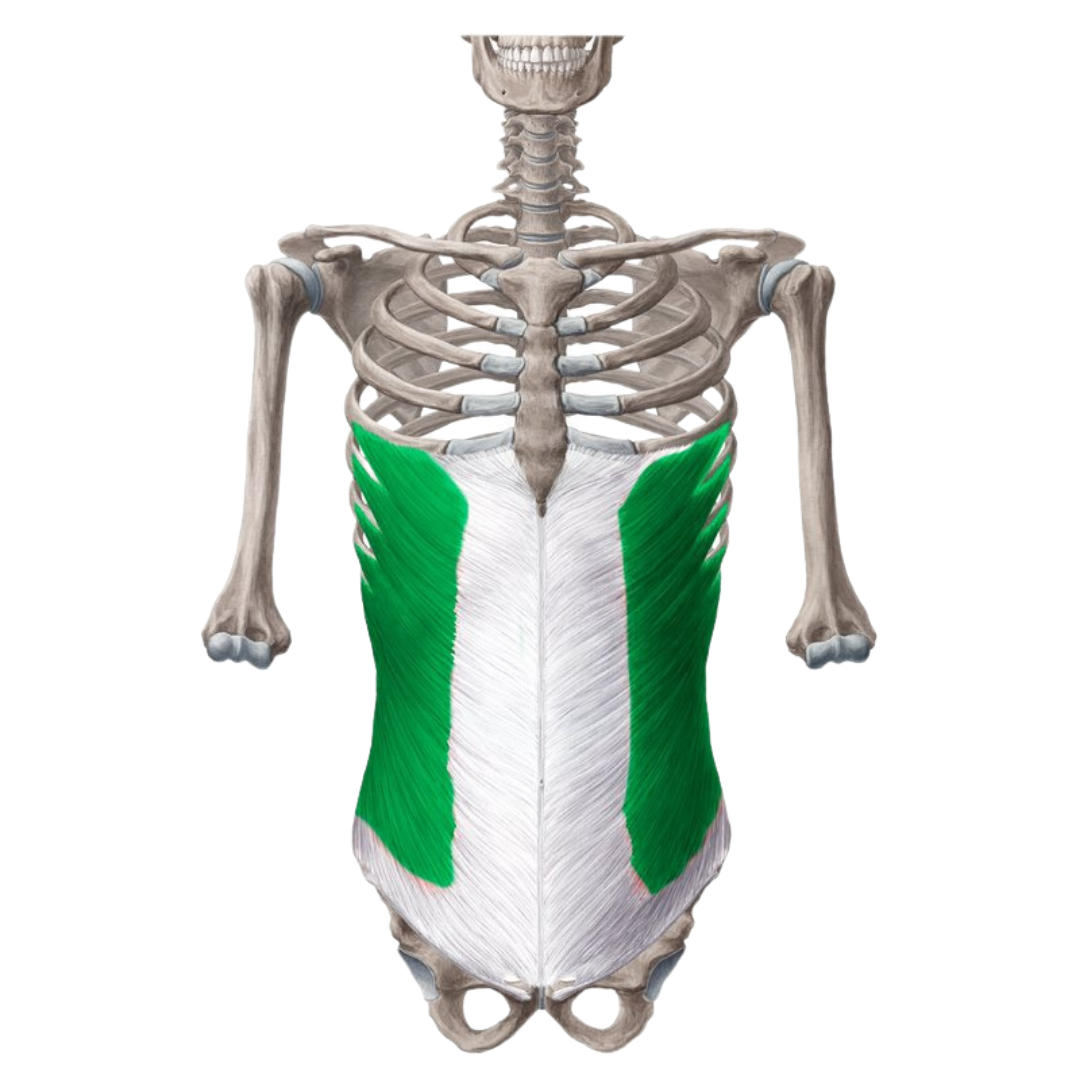What is the DANCER’S CORE?
One word I hear used a lot in dance class is core. By the end of this blog, I’m hoping to clarify exactly what the core is and how to use it! This blog information is taken from my full course called “What is the CORE”, so if you are looking for more detail, please get in touch!
The core is essentially a group of muscles that act together to stabilize the spine during spinal movement or extremity movement (arms or legs). When I describe the core to my students I usually use the analogy of a pop can. I love this analogy because your core wraps all the way around like a pop can without definitive corners, and it also has a top and a bottom, like a can.
Let’s start with the top. One muscle sits on the top of the core and it’s called your diaphragm. The diaphragm is the muscle that changes the pressure in the lungs by contracting, pulling down, and sucking the air in essentially. On an exhale, the diaphragm relaxes. In your diaphragm you also have three holes (hiatus) so that the esophagus, abdominal aorta, and inferior vena cava can pass through.
Next, let us move straight to the bottom of the core. The group of muscles that make up the bottom of the core is called your pelvic floor. The pelvic floor assists in controlling bowel and bladder function. Our pelvic floor can be hypertonic or hypotonic (meaning over or under activated for proper function).
Now that we’ve covered the top and bottom, you can see how cueing breath and pelvic floor activation is important to proper and efficient core activation. One cue that I use for my dancers and patients is bringing the sit bones (ischial tuberosity) closer together by engaging the same muscles that you hold your pre-performance nervous bladder!
Next let us talk about two muscles that are very deep inside the core (your deepest layer). Two muscles here that are tricky to activate are your Transversus Abdominis (TA) and Multifidus. Multifidus moves up the spine, medially as it attaches to every 3 to 4 vertebrae. TA runs horizontally around the low back/stomach area. This muscle is a key player as it turns on in healthy patients before extremity movement to stabilize the spine. We used to cue core/TA by saying “draw the belly button into the spine”, but now we use our hip bones (ASIS) and we instruct patients to think of a wire or muscle connecting the two. Then we draw them closer by using our core muscles. This is a more recent suggest to come out of the literature.
One muscle that most people focus on with the core is Rectus Abdominis. This muscle attaches to the sternum/bottom ribs and runs to the pubic bone. Usually we refer to this muscle when discussing our abdominal muscles or “abs”. One important factor to consider is the innervation of rectus. It is not segmentally innervated, meaning you cannot turn on just the bottom or just the top. This is great news for conditioning, because you don’t have to spend time working on your “lower abs”. When you do a crunch you are working your entire rectus! Keep it simple!
The next set of muscles that wrap around the sides of your core are your oblique muscles. You have internal and external obliques on each side. I liken these muscles to a hammock that supports you when doing a side bend or side plank! I try to train this side part of the core with side planks or lateral flexion crunches. A lot of teachers are still doing rotation plus flexion in a crunch, but I avoid this as it stresses out the disc due to the torque created and you just don’t get enough of a benefit in my opinion to train this way!
Next up is the back muscles! These are very important and are often not conditioned enough! When in the studio, I always recommend my dancer patients work their posterior core endurance. This means skipping any exercises with weights and doing more, lighter repetitions. The literature states that our back of core should be 1.5 times the endurance that our front of core is and yet we train the front more than the back! Start training those back muscles by adding in planks, supermans, birddogs etc into your workout program. The muscle that attaches from the pelvic crest to the bottom rib is called Quadratus Lomborum (QL) and the muscles running just next to the spine are called your Erector Spinae. Erector Spinae is divided into three portions, ones along the spine, ones that spread out a little bit more, and then ones that spread out to the ribs (Iliocostalis).
With all of the anatomy of the core complete, next is the function of the core and how to use the core as dancers. First, you want to get in the habit of always using the core during every activity in class. During a jump, a turn, a kick, or even stylized choreography should be activating the core in order to stabilize the trunk. When we do this, we want to activate the muscle just the amount needed to execute the movement we are trying to accomplish. Over activating the core doesn’t help us, especially as dancers, maintain our fluid, artistic expression. We also want to be able to use the core without holding on to our breath. As we decondition, we use breath or infra-abdominal pressure to stabilize the spine. By focusing on breathing normally during core activation, we allow our muscles to get more oxygen, increasing our cardiovascular capabilities.
The core is something I start discussing with patients and students from the age 6 upwards. It takes a while to master, especially as we keep increasing the difficulty of the dance choreography we are asked to perform. We need to have proper function so that we can keep breathing throughout our performances, especially music theatre dancers who are singing and dancing at the same time!
For more information please email hello@madetomove.ca!






